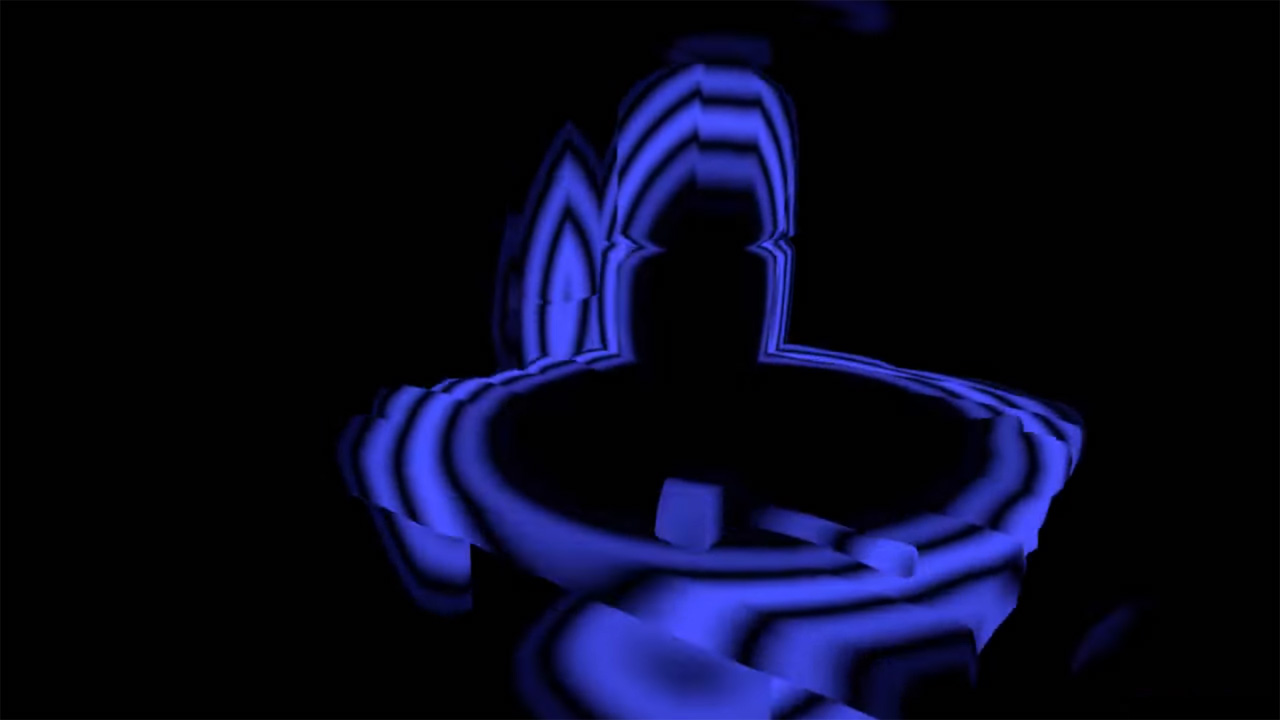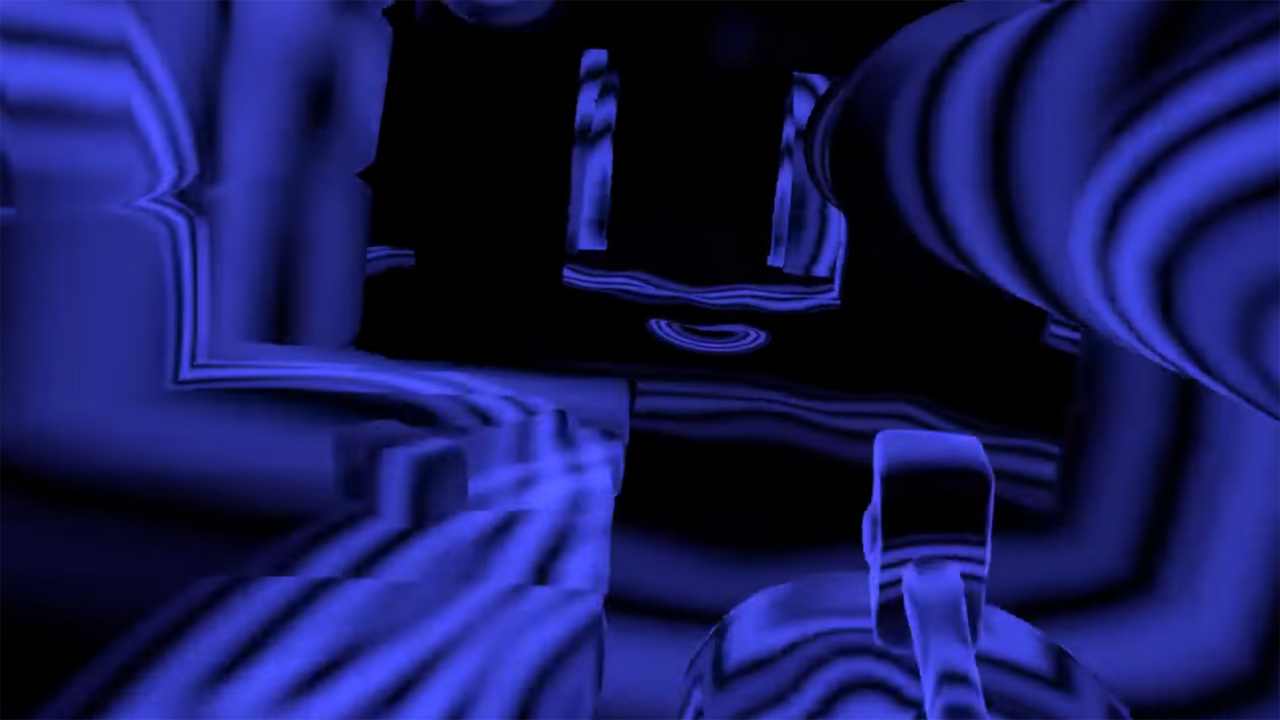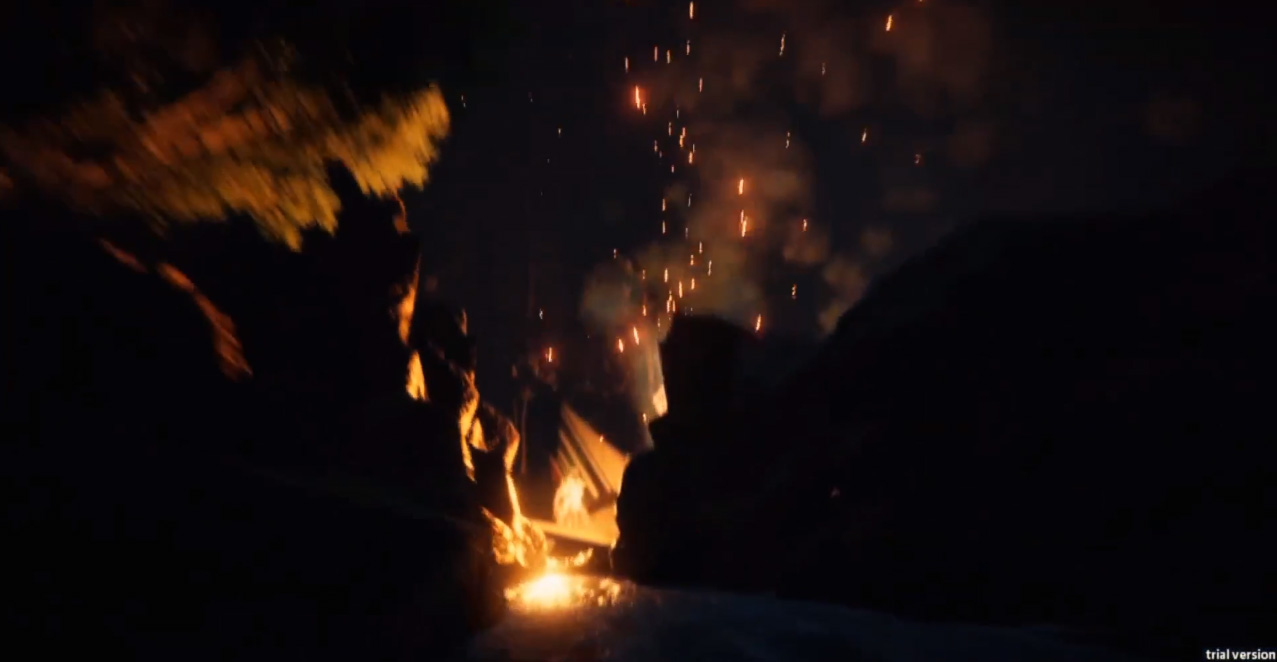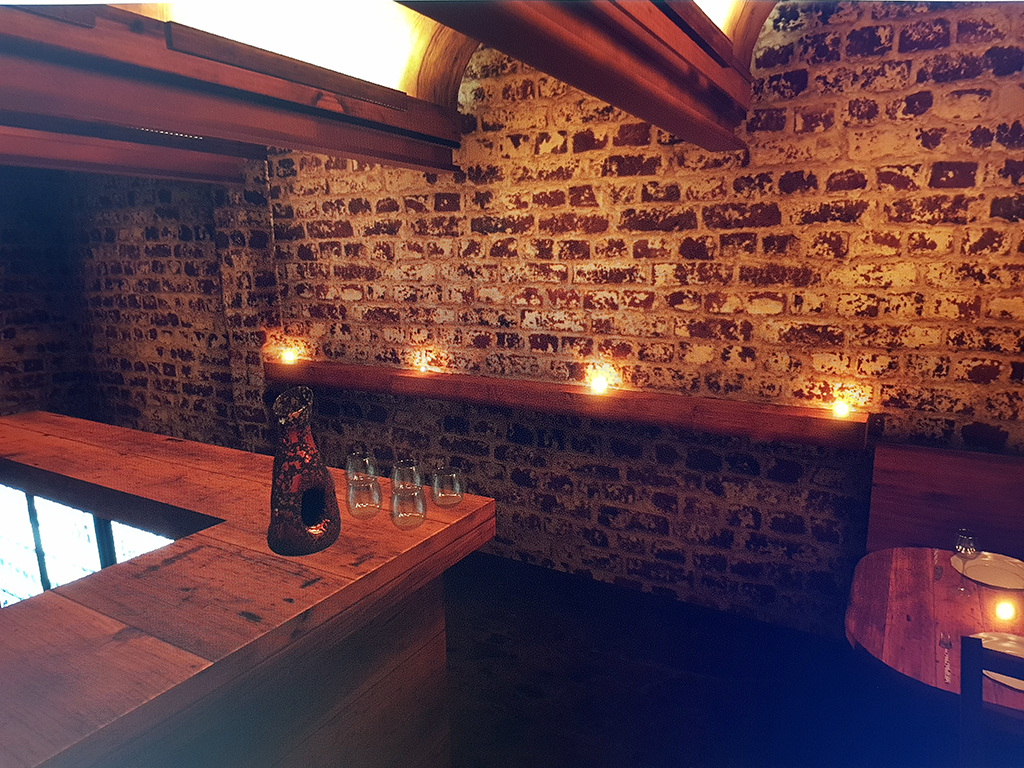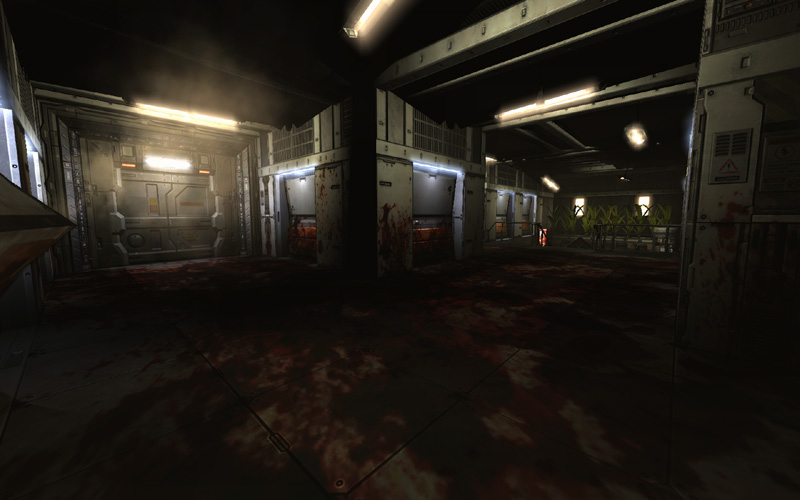Game Design
I have contributed to multiple games, primarily as a level designer and game designer. Examples are provided below, along with some details on my individual contribution to the projects.
Home Sweet Home - PC
Home Sweet Home was created for the 2019 Global Game Jam in collaboration with John Millard. The theme of What home means to you was interpreted literally in the development of this game, a 2 player co-op experience which sees you tasked with the upkeep of a suburban home. Players must work together to mow lawns, keep the house clean, and look after your growing family (who will do their absolute best to get into trouble as soon as you stop paying attention to them!)
Design, Level Design, Art, Lighting Adam Bailey
Design, Programming, Art John Millard
Additional art assets from packs by Kenney
Properteer - PC, Android
Properteer was created for the 2018 Global Game Jam by a four person team in which I primarily acted as designer and level designer. The theme of transmission was interpreted by us as the transmission of properties, executed in the form of a puzzle-platformer where the player must explore different environments exchanging properties between elements of the world to reach the end goal. Ideas which were prototyped and ultimately dropped for the final product included rubber surfaces and movable objects. While fun, these elements risked confusing the player and so I chose to take the strategy of restricting initial puzzle design to three transmittable properties: water, stone, and energy.
The decision of what elements to focus on was reached through a design process which crafted a user story for the tutorial level, using skill atoms to map out the essentials for a player to learn and then testing their understanding of each before they can progress to the next. As the tutorial level was decided upon as our Minimum Viable Product it had to introduce and reinforce all the players core abilities and prove the concept of the game.
Ultimately this design process benefited the game, as having a solid plan for the tutorial level (which we had defined as the Minimum Viable Product to meet the theme) allowed us to complete and polish it early, allowing time for the production of additional levels.
In the week after the Game Jam I ported the project to Android.
Design Adam Bailey (Game Design and Level Design for levels 1 & 2)
Art Chris Hopgood & Sam Nicholas (Level Design for level 3)
Programming John Millard
Pilot Wave VR - Oculus Rift
Pilot Wave VR was created for the 2017 Global Game Jam by a four person team in which I primarily acted as designer and level designer. Initial brainstorming on the theme of Waves went through a variety of potential options before we settled on the concept of using waves of sound to navigate an environment. Taking advantage of the newly released Touch controllers, players have to feel around the environment to visualise it with sound waves seen emanating from all interactions. Another early decision on my part was to avoid any need for teleportation or walking controls, with all actions talking place in a virtual space which matched the floor size of the real world play area. This resulted in dense, detailed spaces that encourage players to experiment and reduced the barrier to entry as the only controls that had to be taught involved basic use of the grips to pick up virtual objects.
A highlight of this production for me was how much the entire project built to VR's strengths, even to the level that all 3D assets were created by Simeon inside VR, using the Oculus Medium tool.
Programming John Millard
Art Simeon Saëns
Level Design Adam Bailey
Sound Recording Nick Borrego
Alone - PS4
Alone is a short narrative experience created as a demonstration project for students engaged in the Narrative Design 1st Year subject at AIE. The intent of the project (built on and off over a few lessons) was to demonstrate several lighting, particle, audio, and scripting techniques.
Most environmental models are either Unity Standard Assets, or free models from the Asset Store, used to rapidly block out the environment.
For personal development, I also used the project to experiment with building to the campus PS4 DevKit. All screenshots and videos provided here are from the PS4 version of the project.
One element of this project with which I was particularly happy was the dynamic storm system I developed. Lightning strikes are randomly spawned in a range of distances, with audio clips delayed accordingly. A convincing volumetric fog effect is imitated through adjusting colour of standard Unity fog based on lightning strikes. Rain effects are created using a relatively small number of large rain sheet particles.
Design, Level Design, Scripting, Lighting, Storm System Adam Bailey
Audio SoundSnap
Environmental Assets and Fire Particles Unity Standard Assets & Unity Asset Store
Delicatessen Cellar ArchVis - Oculus Rift, GearVR
Wildlight Nights (Adelaide Fringe Event)
Star Wars: The Clone Wars: Republic Heroes - 360/PS3/Wii/PC/PS2/PSP
I worked for Krome Studios as a level designer on Republic Heroes from 2008-2009. Involved with levels from start to finish, initial design work was done based around the Xbox 360 and Playstation 3. At around halfway through the project the two teams shifted to become more focused with Brisbane working on 360/PS3/PC and Adelaide working on Wii/PS2/PSP.
After this point I became responsible for continuing work on my own levels, along with taking responsibilty for several levels that had previously been the responsibility of level designers on the "next-gen" team. (Similarly, level designers on that team took responsibility for polishing our levels for their skus)
The project was an interesting experience involving everything from pure creative work (initial 3d sketching of level layouts) to final porting polish trying to get levels designed for XBOX 360 working effectively on the PS2.
Star Wars: The Force Unleashed - PS2/Wii/PSP
I worked in Brisbane for Krome Studios as a level designer on TFU from late 2006 to early 2008. When I joined the project most of the initial level layout work had already been done, so work mostly involved creating interesting gameplay usage of those spaces. Late in the project as work was winding down on the primary platform (PS2) I transferred to Adelaide to work on the PSP port where I contributed towards bug fixing and optimisation work.
Game Modding Level Design - Doom3/Prey
Over the years I have developed multiple levels using the Doom 3 engine, a variety of which are shown above. While this type of classic level design is very much a bygone era in many ways I still consider it a valuable exercise for any level designer to engage in these types of projects from time to time as these older engines are simple enough to allow single person projects on a reasonable time scale, while also having enough modern features to allow good quality results.







